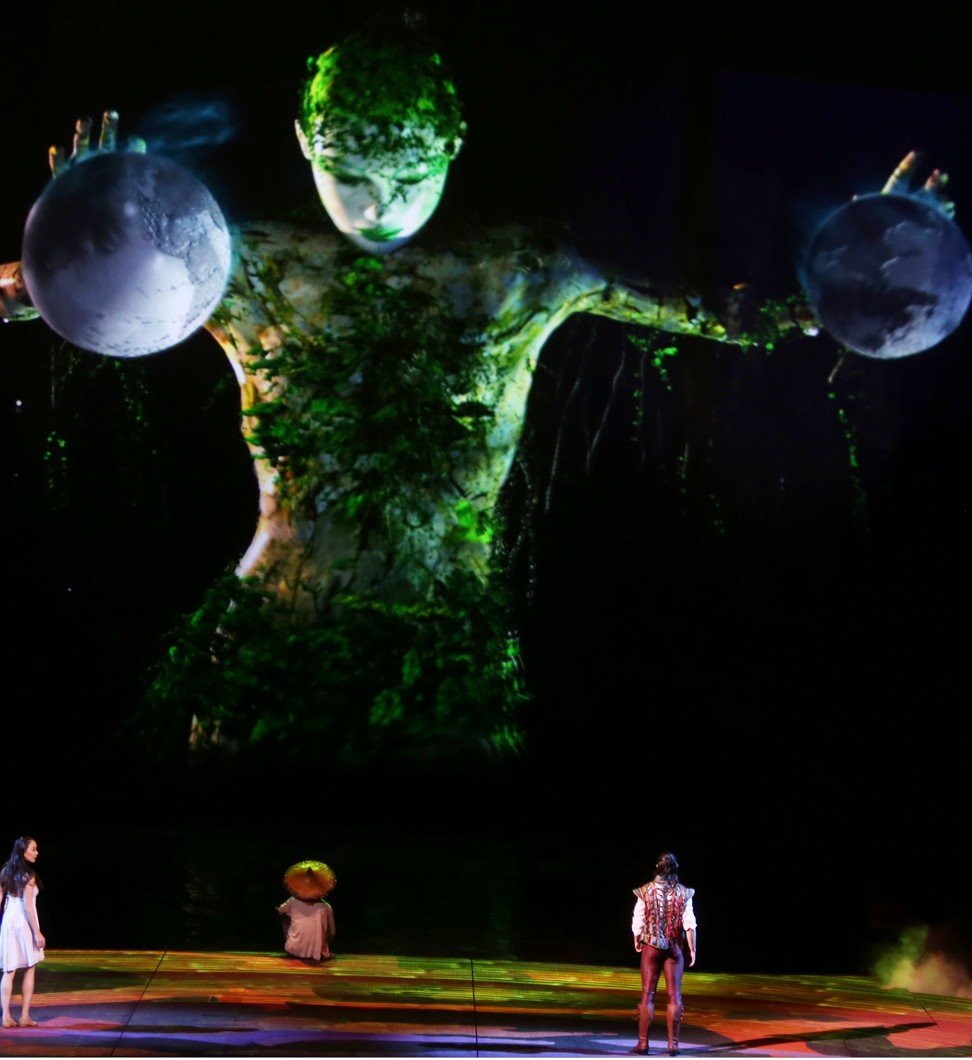
Macau’s House of Dancing Water: casino show’s 10 years of success, and how the cast and crew do it
- Now the Cotai Strip’s longest running show, The House of Dancing Water at City of Dreams has played to more than five million people
- We talk to show star Faye Leung and the crew on what it takes to put together such a technical performance combining acrobatics, dance and diving
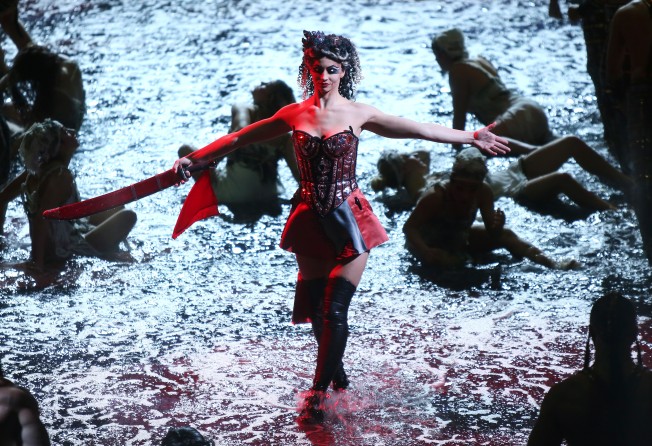
It is hours before show time on the set of The House of Dancing Water, but everyone involved, from performers to stage managers and scuba divers, are already getting ready. Technicians in the control room test the water jets and fountains, lighting, and special effects, while the performers are doing warm-up exercises.
It is business as usual in the theatre of the City of Dreams, one of a cluster of casino resorts on the Cotai Strip – the Asian equivalent of the Las Vegas stretch in Macau. The House of Dancing Water is now the strip’s longest-running show, having wowed more than five million punters since it opened almost a decade ago, in September 2010.
The show is a combination of acrobatics, dance and diving, all taking place in a massive pool holding 17 million litres of water, equivalent to more than five Olympic-sized swimming pools. It is still playing to full houses, and there’s no sign that its run will end any time soon.
“The House of Dancing Water is unlike any other show on the planet,” says Dillon Evans, one of 11 stage managers involved in the show, during a rare media visit to observe the complex operations that go on behind the scenes. “There are so many different elements that come together to make this production what it is. You have 90 performers and hundreds of technicians from all around the world.”

He adds that everyone has different backgrounds and technical skills that come together to create an epic production. “You can do a lot in 90 minutes, especially when you have 300 people coming together to make it work.”
Motorbikes also make an appearance, doing flips in the air, seemingly out of sorts with the storyline: a princess falls in love with a stranger, and is then abducted by baddies. Her suitor, with the help of a villager, attempts to rescue her. Spoiler alert for readers who have not attended one of the more than 3,000 performances to date: it’s a happy ending.
With so many different acts, special effects and features, it’s a highly technical show that uses eleven 10-tonne hydraulic lifts to quickly transform the pool into a solid stage. It’s one of the most complex shows Evans has been involved in, says the stage manager, who worked on Michael Jackson: One, in Las Vegas, and the travelling horse show Cavalia.
At least six stage managers are required to be on duty for every performance, Evans says. One mans the control room, calling cues over a headset for every movement. Another is near the highest point backstage, ensuring performers who will be flying through the air are properly harnessed. Four are stationed on the ground to oversee the timing and positioning of performers, and ensure their safety.
“We’re all trained and we’re here to make sure the artists have a safe show from the start to the end each night,” Evans says, adding that communication with the artists is key to this.
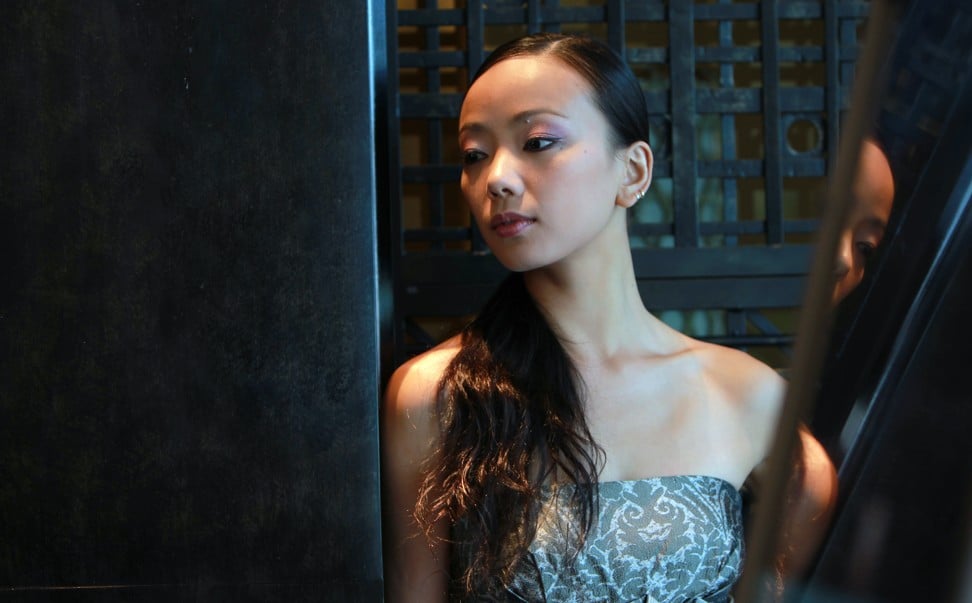
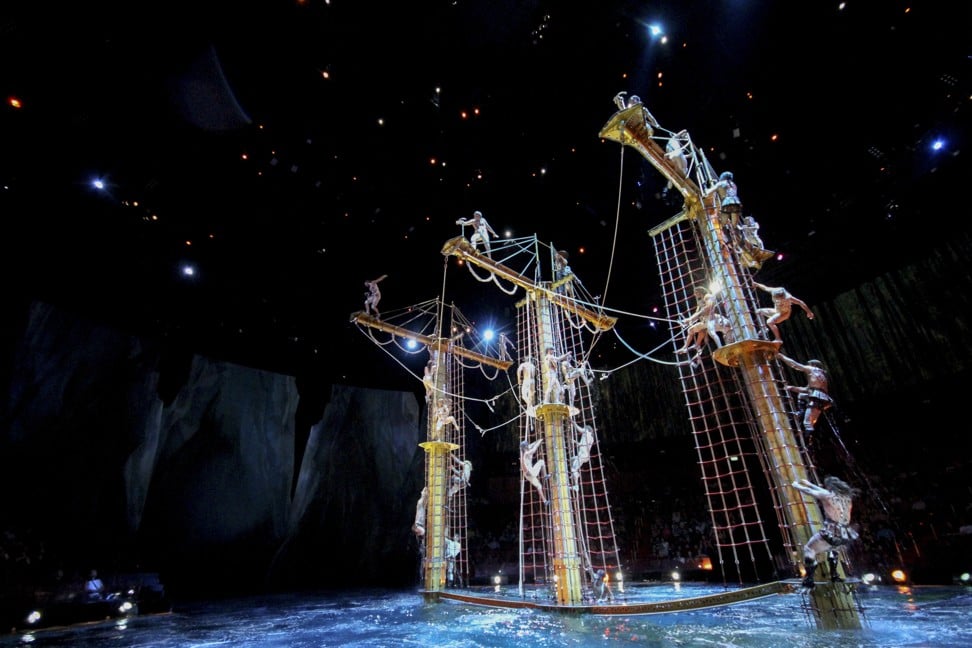
Joining the stage manager in the overhead control room are six technicians monitoring all the action from ceiling to floor on screens. One of them presses a button to test one of the 239 powerful jets that shoots water into the centre of the stage, while others check the lighting and sound.
Meanwhile show stalwart Faye Leung is warming up in the dance studio and putting on her waterproof make-up. Leung has been with the show since its inception, when she was recruited by Belgian producer Franco Dragone, who is known for his work with Cirque du Soleil.
Before taking the role of Princess Annie, Leung danced ballet professionally for 13 years, including a five-year stint as a principal dancer with the Hong Kong Ballet. Although she was interested in the part, there were two major hurdles – she could not swim and was afraid of heights.
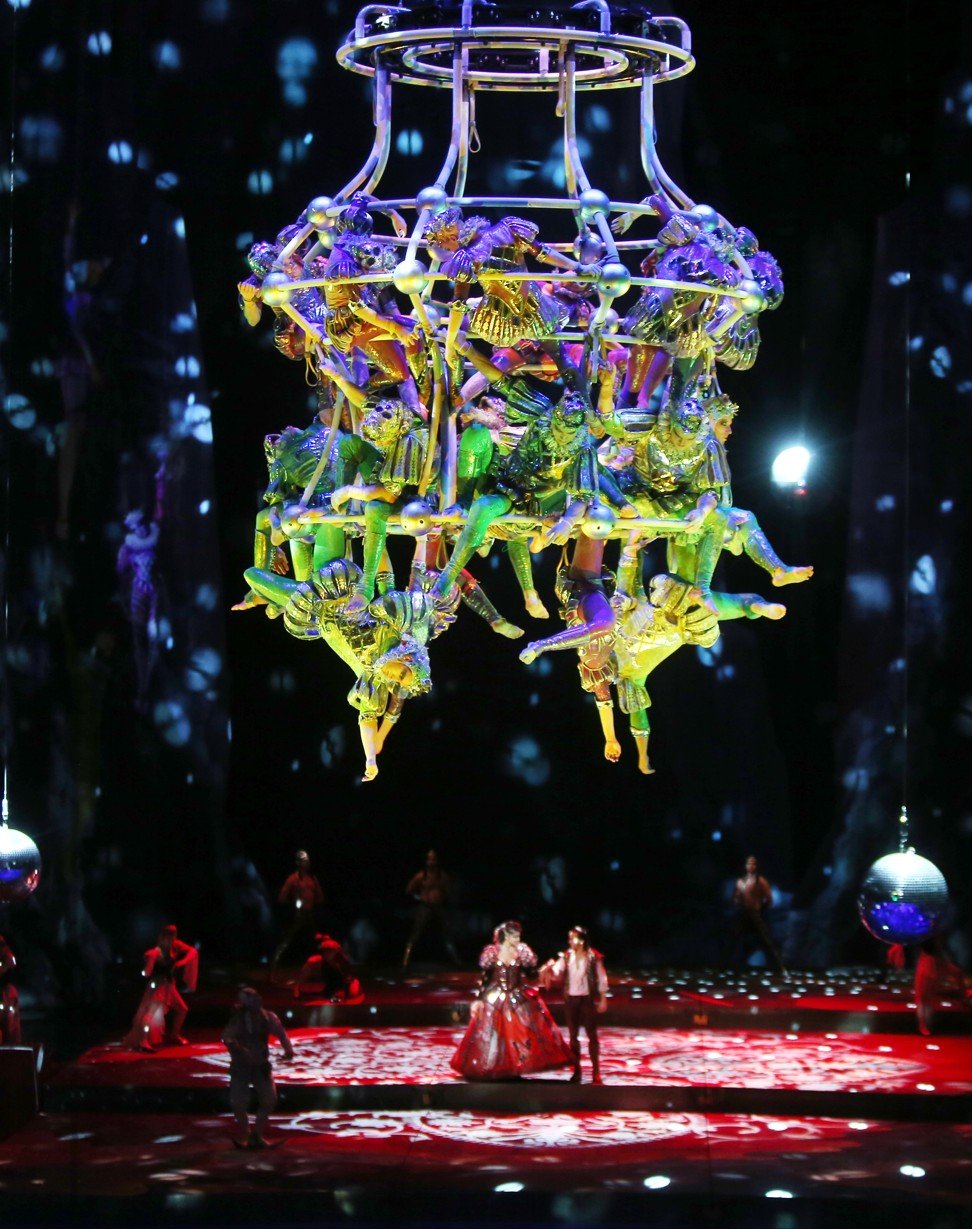
Dragone and his team immediately fixed that, flying Leung to his headquarters in Belgium, where she trained intensely for six weeks, learning how to swim, scuba dive and fly through the air in a harness.
At the Hong Kong Ballet, Leung would perform in a different production each month, a few days at a time, but in Macau she would have to get used to performing the same show every day, sometimes twice a day.
“I often have my own tricks, like cheat a little bit,” she explains. “I sometimes pick someone from the audience in front of me and personally perform for that audience member. That helps me to keep it fresh every single show.”

Leung says her love of performing began when she started dancing at the age of four. “I always wanted to be beautiful on stage,” she says with a laugh. “I guess my parents thought I wanted to be a dancer and so they sent me to the dance school, and here I am. I love playing different roles … I love to be on stage, I love performing, I love to see the audience.”
While the audience watches, transfixed, hidden from view are some of the 30 scuba divers who also play a vital role in the show’s smooth running.
Adam Chisholm, head of aquatics, leads the team of divers, who work non-stop throughout the show moving props into place then storing them again beneath the audience’s seats, ensuring the performers’ safety underwater. They must “catch” the artists and give them regulators so they can breathe under water, while also assisting them to get where they need to be next.
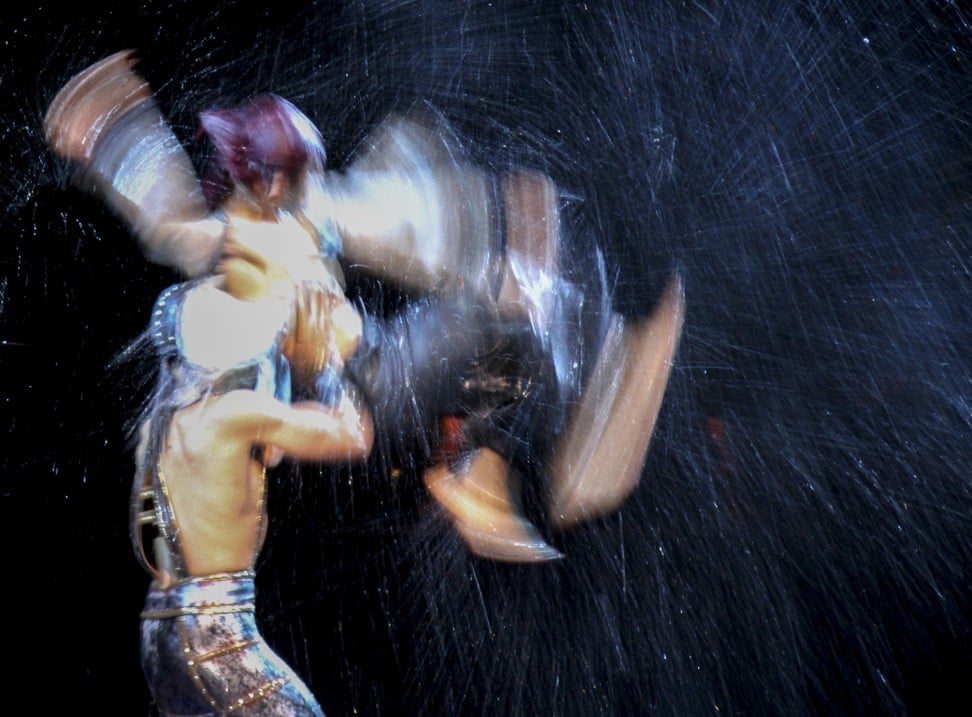
“We move them around. So there’s instances where the performer will jump in the water, and the audience sees them go under in one part of the pool. Then we swim them to a completely different area and reveal them there, so it gives the illusion that something’s happened under the water,” Chisholm explains.
“It’s a huge responsibility for us because basically their lives are in our hands,” he adds. “We always have great camaraderie with the performers. We know each other very well. They have a strong trust in us that we’ve built over the years, especially with Faye [Leung], who has been here since day one. The divers who are doing the cues with her, she knows quite well, and she has full faith in the aquatics department to make sure everything’s going to go as it should.”
Thirteen scuba divers are stationed underwater during each performance, four of whom wear full face masks enabling them to be in verbal communication with the control booth upstairs, where cues are constantly relayed to keep the action moving in perfect synchronicity.

Chisholm likens The House of Dancing Water to an “a ballet underwater” for the divers. It can be quite a workout because of the show’s constant demands.
“It’s not the type of diving job you would find anywhere else in the world. Normally, diving is very relaxed, calm. Here … sometimes they’re moving in a bit of a hurry to get to their next cue,” he says.
“The lighting changes throughout the show. Sometimes it can be quite dark down there, other times it can be quite bright,” he adds. “A lot of the divers … know exactly where they’re going to need to be at what time, because they can hear the music and they know what stage of the show we’re at.”

When the 90-minute performance is over, everyone is relieved that everything went as planned, Evans says. That also means it’s almost time to prepare for the next show.
“When the day is done we get to celebrate together and be happy with the show we had for the thousands of audience members,” he says. “When you hear the applause at the end you know you did a good job.”